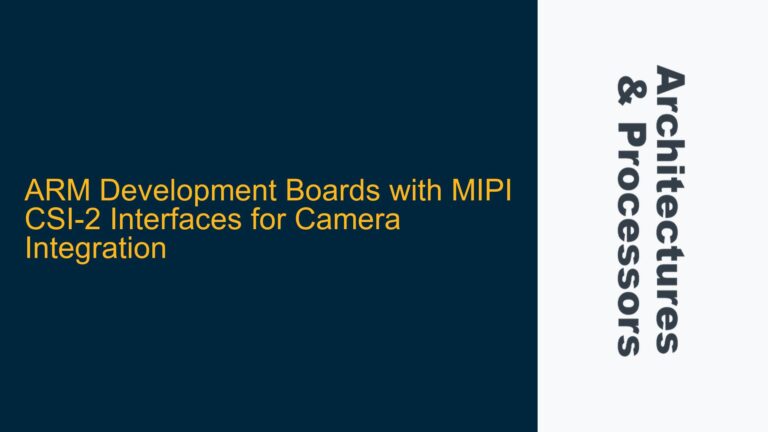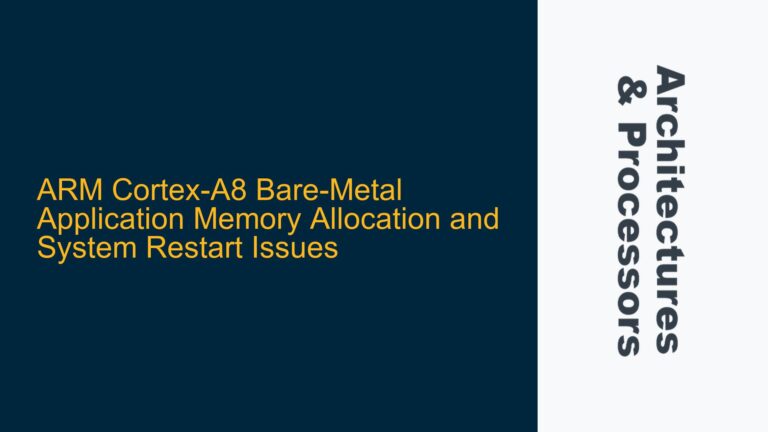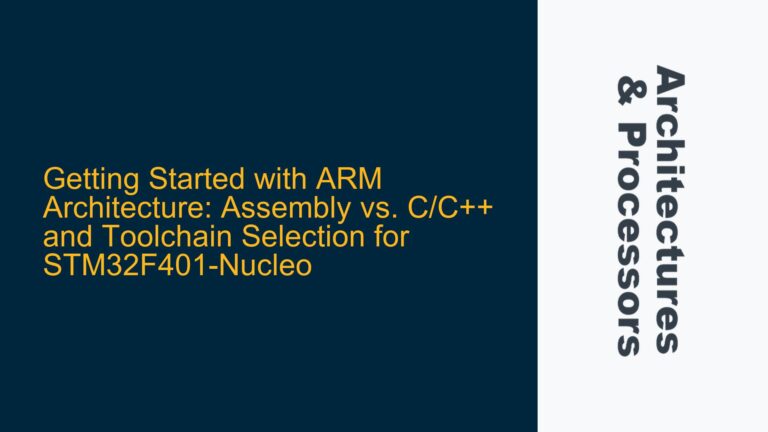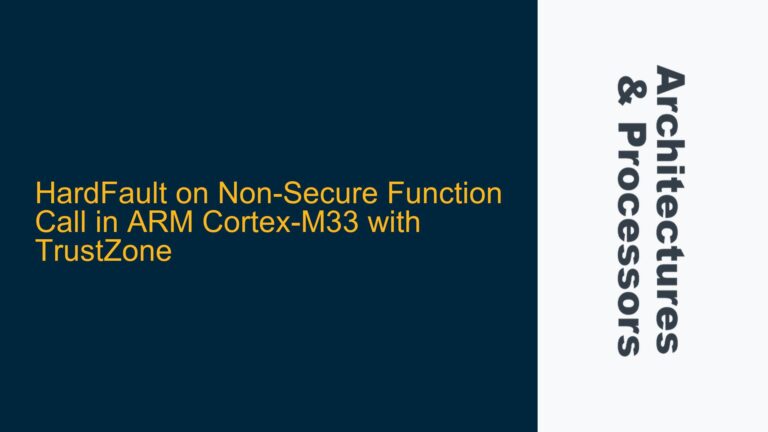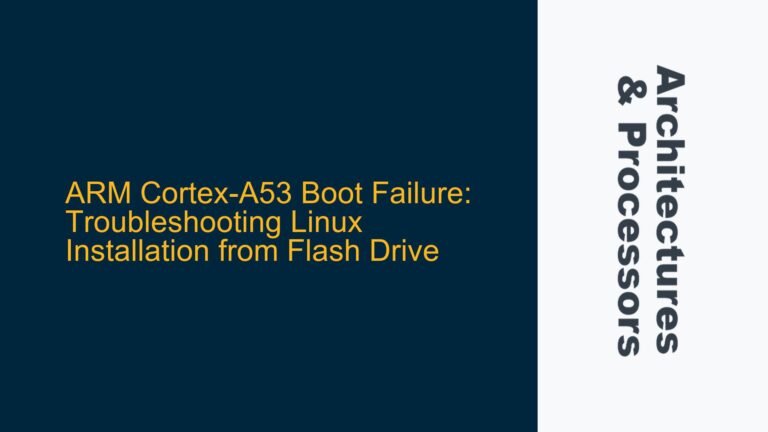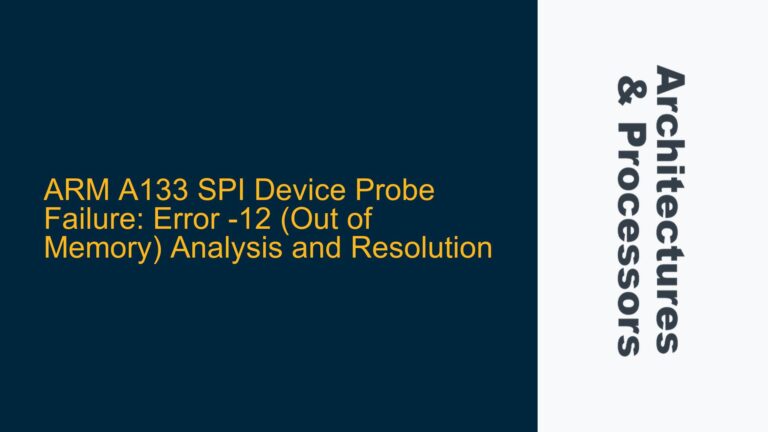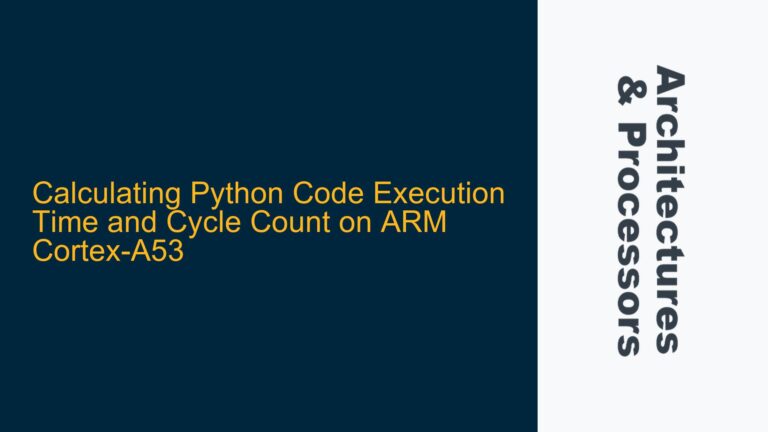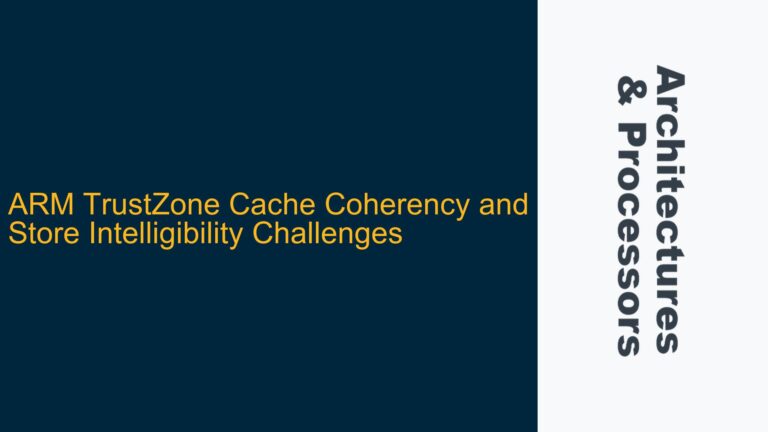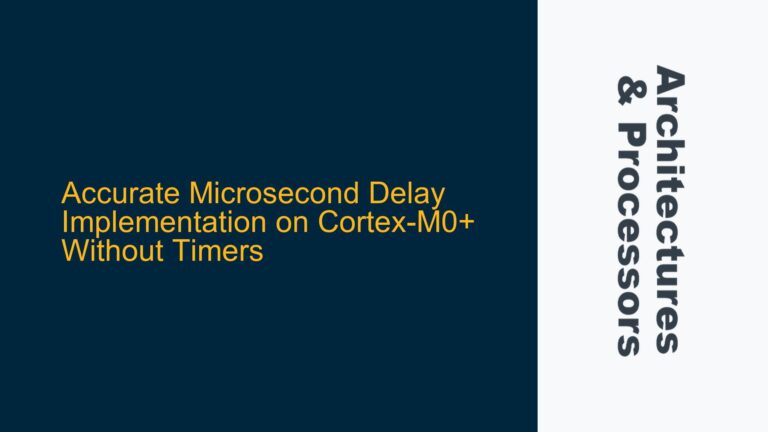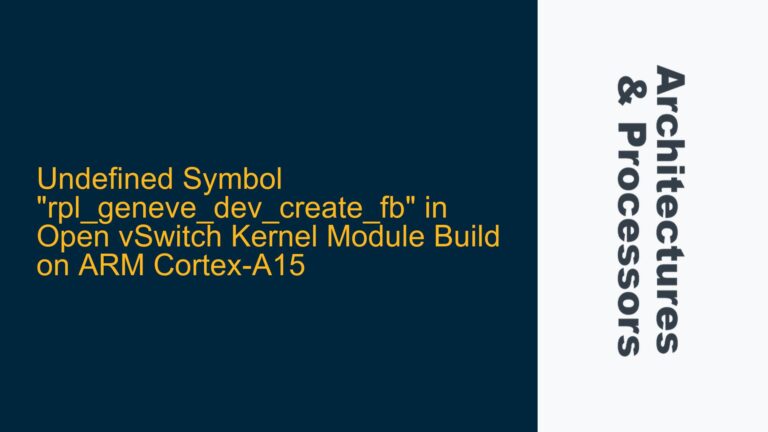ARM Development Boards with MIPI CSI-2 Interfaces for Camera Integration
ARM Development Boards with Dual MIPI CSI-2 Interfaces When working on embedded systems projects that involve camera integration, particularly in applications like in-vehicle camera systems, the choice of the right development board is crucial. MIPI CSI-2 (Camera Serial Interface 2) is a widely adopted standard for connecting cameras to processors, especially in mobile and automotive…
